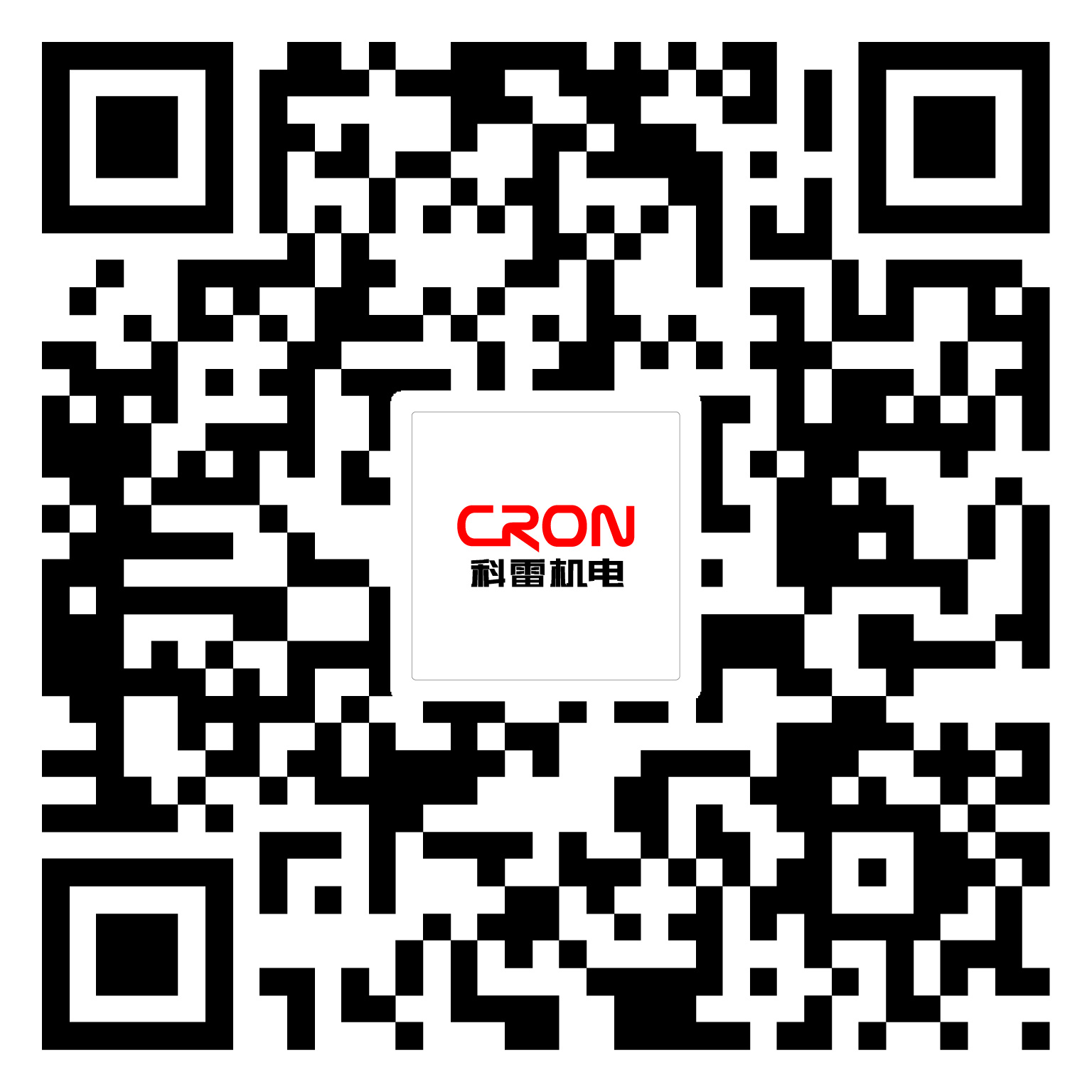Mastering the Art of Newspaper Plate Making: A Comprehensive Guide for Professionals
Release time:
2025/06/22
Source:
Kerei Electromechanical
In the world of printing, the process of newspaper plate making stands as a cornerstone for producing high-quality publications. This technique involves creating plates that are vital for offset printing, where ink is transferred from a plate to a substrate, typically paper. Understanding the art of newspaper plate making can greatly enhance the efficiency and quality of printed materials, catering to the demands of a fast-paced industry.
The process begins with the selection of the appropriate plate material. Traditionally, aluminum plates have been favored for their durability and quality. These plates are coated with a photosensitive emulsion that reacts to light. When exposed to a film negative of the desired image, the emulsion hardens in the areas that are exposed, while the unexposed areas remain soft and can be washed away, leaving behind a raised surface that will hold the ink.
Once the plates are prepared, they are mounted onto the printing press. It's crucial to ensure that the plates are aligned correctly to maintain the accuracy of the print. Any misalignment can result in blurred images or text, reducing the overall quality of the printed material. Regular maintenance of both the plates and the printing machinery is essential to achieve consistent results.
The ink used in newspaper printing is another critical aspect of the process. It is usually a quick-drying ink that allows for high-speed printing but also requires careful matching to the plate's surface to ensure optimal transfer. The balance between ink viscosity and the pressure applied on the plates is vital to achieving clean and sharp images.
In recent years, advancements in digital technology have transformed the landscape of newspaper plate making. Digital plates, which can be created directly from digital files without the need for film, have gained popularity. They offer the advantages of speed and flexibility, allowing for quick changes in design and easier management of smaller print runs.
Additionally, the environmental impact of printing has become a significant consideration. Many manufacturers are now focusing on producing eco-friendly plates and inks, reducing waste and energy consumption in the printing process. Sustainable practices not only help the environment but can also enhance a company's reputation in an increasingly eco-conscious market.
In conclusion, mastering the newspaper plate making process is essential for any printing professional. By understanding the materials, techniques, and innovations in the field, you can improve print quality and operational efficiency. Staying informed about the latest advancements and environmental considerations will ensure your printing processes remain competitive and responsible. Whether you're a seasoned professional or new to the industry, these insights into newspaper plate making will serve you well in enhancing your printing operations.
The process begins with the selection of the appropriate plate material. Traditionally, aluminum plates have been favored for their durability and quality. These plates are coated with a photosensitive emulsion that reacts to light. When exposed to a film negative of the desired image, the emulsion hardens in the areas that are exposed, while the unexposed areas remain soft and can be washed away, leaving behind a raised surface that will hold the ink.
Once the plates are prepared, they are mounted onto the printing press. It's crucial to ensure that the plates are aligned correctly to maintain the accuracy of the print. Any misalignment can result in blurred images or text, reducing the overall quality of the printed material. Regular maintenance of both the plates and the printing machinery is essential to achieve consistent results.
The ink used in newspaper printing is another critical aspect of the process. It is usually a quick-drying ink that allows for high-speed printing but also requires careful matching to the plate's surface to ensure optimal transfer. The balance between ink viscosity and the pressure applied on the plates is vital to achieving clean and sharp images.
In recent years, advancements in digital technology have transformed the landscape of newspaper plate making. Digital plates, which can be created directly from digital files without the need for film, have gained popularity. They offer the advantages of speed and flexibility, allowing for quick changes in design and easier management of smaller print runs.
Additionally, the environmental impact of printing has become a significant consideration. Many manufacturers are now focusing on producing eco-friendly plates and inks, reducing waste and energy consumption in the printing process. Sustainable practices not only help the environment but can also enhance a company's reputation in an increasingly eco-conscious market.
In conclusion, mastering the newspaper plate making process is essential for any printing professional. By understanding the materials, techniques, and innovations in the field, you can improve print quality and operational efficiency. Staying informed about the latest advancements and environmental considerations will ensure your printing processes remain competitive and responsible. Whether you're a seasoned professional or new to the industry, these insights into newspaper plate making will serve you well in enhancing your printing operations.


